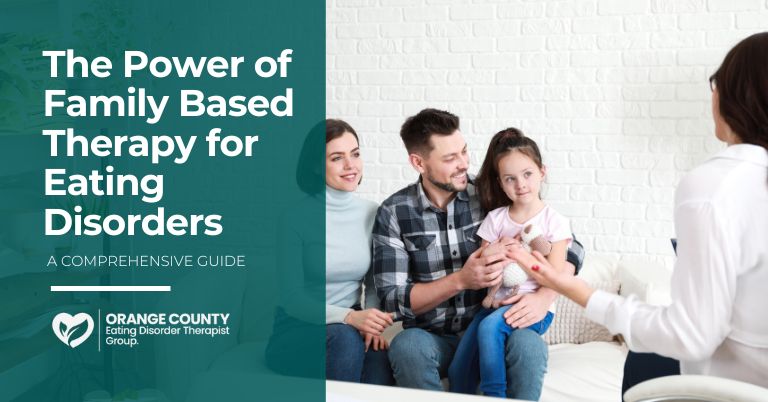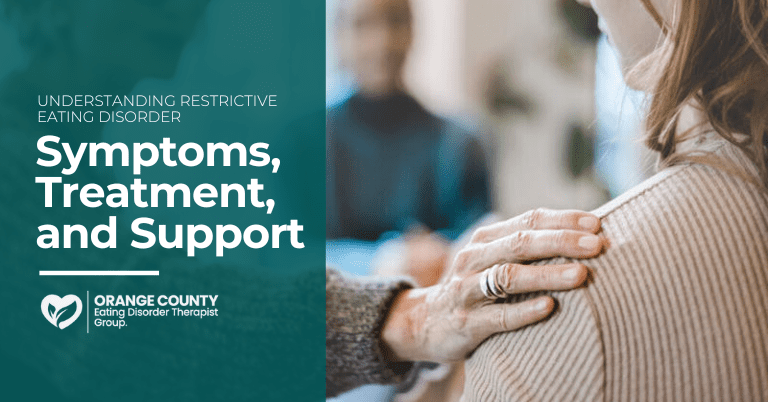Bulimia Nervosa Treatment Therapy
All Bulimia Nervosa Treatment Therapy often involve elements of denial and secrecy. For instance, individuals with bulimia may downplay their eating issues and go to great lengths to conceal their symptoms.
While it may seem appealing to encourage families to organize a formal intervention, it’s important to recognize the complexities involved. Traditional intervention models like the Johnson Model, which relies on surprise and confrontation to raise awareness, are commonly utilized in addiction management.
However, these discussions are incredibly challenging, and many families, up to 70%, may find themselves unable to follow through with the planned intervention.
What is Bulimia Nervosa?
Bulimia nervosa, commonly referred to as bulimia, is an eating disorder characterized by episodes of consuming large quantities of food in a short period, followed by purging behaviors. Purging can take various forms, including forced vomiting, excessive exercise, or misuse of laxatives or diuretics.
This condition is serious and potentially life-threatening. Individuals with bulimia often cycle between binge-eating episodes and purging behaviors. Additionally, they may employ other methods such as fasting, intense exercise, or extreme dieting to control their weight.
Bulimia can also lead to an unhealthy obsession with attaining a specific body size or shape. Those affected may constantly monitor their weight and engage in self-critical thoughts.
It’s crucial to understand the signs and symptoms of bulimia to offer support to yourself or a loved one dealing with Bulimia Nervosa treatment therapy.
What are the symptoms of Bulimia Nervosa?
The symptoms of bulimia can manifest in various ways, but they commonly include eating large quantities of food in a short period, followed by purging behaviors. Individuals with bulimia often feel a lack of control over these actions and may experience self-disgust after eating.
While symptoms may differ from person to person, some common signs of bulimia include:
- – Fear of gaining weight
- – Making negative comments about body size or shape
- – Obsession with weight and body image
- – Poor self-esteem and negative self-image
- – Binge eating episodes, typically within a limited time frame
- – Self-induced vomiting
- – Misuse of laxatives or diuretics
- – Use of supplements or herbs for weight loss
- – Excessive and compulsive exercise
- – Dental issues such as stained teeth due to stomach acid
- – Acid reflux
- – Calluses on the back of hands from induced vomiting
- – Frequent bathroom visits immediately after meals
- – Avoiding eating in front of others
- – Constipation
- – Withdrawal from social activities
Recognizing these symptoms is crucial for early intervention and support for individuals affected by bulimia.
How is Bulimia Diagnosed?
Diagnosing bulimia nervosa requires a careful assessment of various criteria. Some individuals may proactively discuss their eating disorder with healthcare professionals, while others may only address it after being confronted or prompted by symptoms detected during routine exams.
Medical professionals often use a combination of dental exams, blood work, and physical assessments to identify potential signs of unhealthy eating behaviors. These findings can serve as valuable indicators to initiate discussions about bulimia with patients.
Formally diagnosing bulimia nervosa in a Bulimia Nervosa treatment therapy involves observing the following criteria:
- Binges: The individual consumes a significantly larger amount of food in one sitting than what is typical for them in a similar situation.
- Compulsion: During binge-eating episodes, the individual feels a lack of control over their eating behavior.
- Purging: The individual engages in purging behaviors such as vomiting, misuse of laxatives, or excessive exercise to compensate for calories consumed during binges.
- Distress: The individual’s self-worth is closely linked to their weight or appearance, causing significant distress.
- Repetition: These behaviors occur at least weekly for a duration of three months or longer.
To gain insights into the patient’s eating habits and thoughts, mental health professionals often conduct interviews. Collaboration with other healthcare providers, such as the patient’s primary care physician or dentist, can also be beneficial in understanding the full scope of the individual’s health and behavior patterns.
Building trust and rapport with the patient is crucial for encouraging open communication and facilitating an accurate diagnosis. This may require multiple appointments and a supportive approach to create a safe space for the patient to discuss their experiences openly.
Creating a Treatment Plan for Bulimia Nervosa Treatment Therapy
Once a patient has admitted to disordered eating and purging, the next step involves determining the most appropriate level of care for their needs. There are four basic levels of care for bulimia treatment:
- Intensive Outpatient: This level of care is suitable for individuals who are medically stable but require significant psychotherapy assistance. Patients typically live at home but attend therapy sessions at a treatment center almost daily.
- Partial Hospitalization: Individuals in need of daily medical care and intensive psychotherapy may benefit from partial hospitalization. Patients live at home but receive treatment at a hospital center on a daily basis.
- Residential Treatment: For those requiring substantial psychological support to address binge eating and purging behaviors but are medically stable, residential treatment may be recommended. Patients move into a facility where they receive comprehensive treatment, bulimia nervosa treatment medication and support.
- Inpatient Treatment: In cases where the patient is both physically and psychologically unstable and requires around-the-clock care, inpatient treatment is necessary. This level of care provides intensive medical and psychiatric support in a hospital setting.
Final Thoughts
Bulimia Nervosa treatment therapy can indeed be a significant investment of time and effort, but its effectiveness in improving overall well-being is remarkable. Research has shown that individuals who recover from an eating disorder like bulimia are significantly less likely to experience major depressive disorder, highlighting the profound impact of treatment on mental health outcomes.
An Eating Disorder Therapist, also known as an Eating Therapist, collaborates closely with an Eating Disorder Dietician and other members of a multidisciplinary team to provide comprehensive care for individuals struggling with disordered eating patterns. This Eating Disorder Specialist offers tailored Eating Disorder Counseling, focusing on holistic approaches to address the complex psychological, emotional, and nutritional aspects of the disorder.
Releatd Article :











